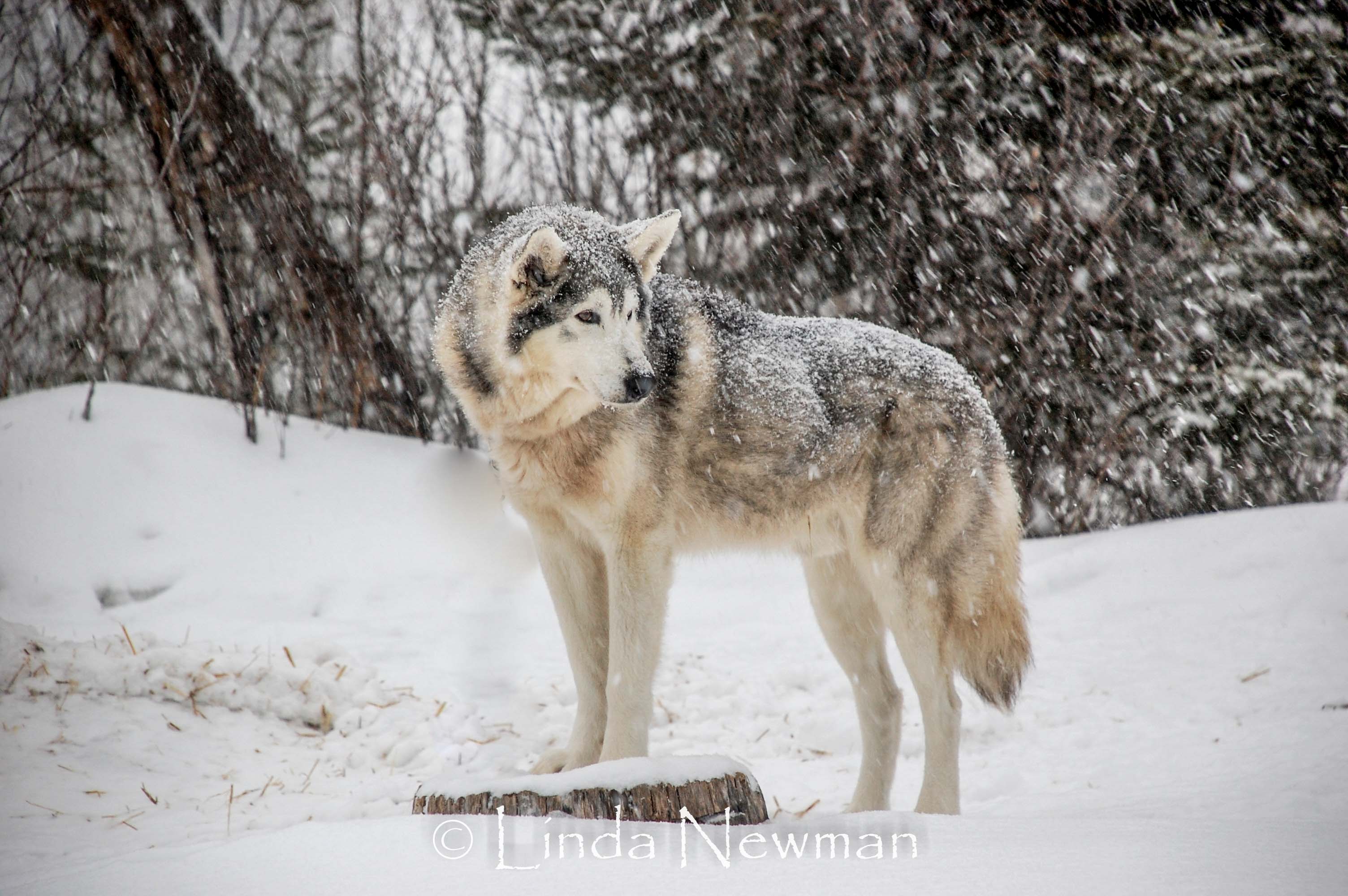Breeding Strategy for Hedlund Huskies (1)
Breeding Strategy to Control Genetic Disorders in the Hedlund Husky Preservation Project
By Thomas H Swan (Stardancer Historical Sled Dogs)
Background:
Prior to 2012 nearly all dogs and bitches chosen for breeding by members of the Hedlund Husky Preservation Project were selected based on a combination of athletic performance and other observable traits consistent with the line description developed by project members including size, work ethic, gait, conformation and temperament. Very few potentially heritable diseases had been diagnosed within the line and those that did occur seemed to be easily managed. For example, in 2008 one 18 month old bitch from an outcross litter (half-Hedlund husky) was diagnosed with primary hypothyroidism and her brother had bilateral cryptorchidism (undescended testicles). They were spayed and neutered to remove them from the gene pool.
In 2009 a bitch was removed from the breeding pool due to a large number of missing teeth (10) and it was noted by the breeder/owner that dogs from some earlier related litters had some dental issues as puppies, but none so severe as to trigger alarm. However, in 2012 the presence of a single puppy in an outcross litter of Hedlund Huskies was affected with an overbite severe enough to require surgical extraction of the lower canine teeth within the first three months of life.
Since then, we have had reports of Hedlund Husky puppies that that developed career-ending cases of laryngeal dysfunction similar to eosinophilic bronchopneumopathy (EBP). In 2015, a four-year-old female from a deep Hedlund Husky breeding developed zinc responsive dermatosis (ZRD), confirmed via consultation with canine dermatologists and pathodermatologists. ZRD is known to be a heritable disease in Alaskan Malamutes and Siberian Huskies, both of which have contributed to the Hedlund Husky gene pool during development of the line. In 2017 three puppies out of a litter of 4 were affected with cerebellar hypoplasia, a devastating neurological disease that affects the dog's balance and ability to walk.

